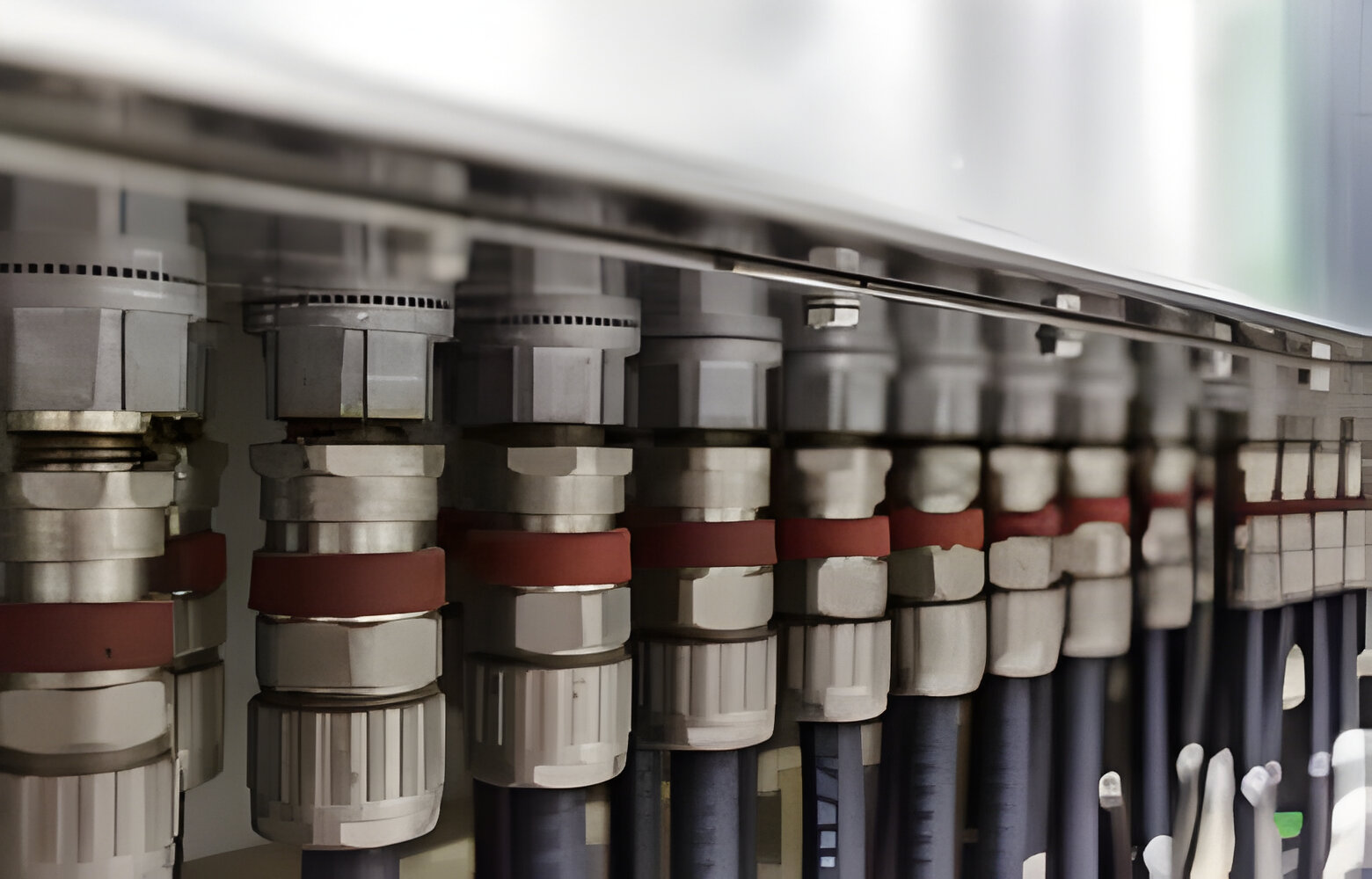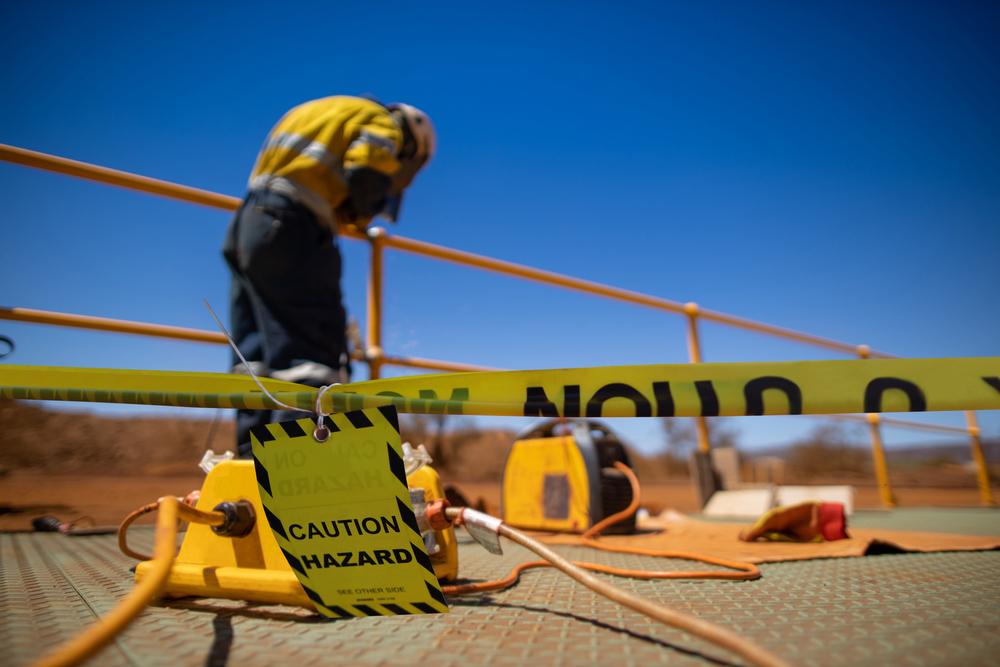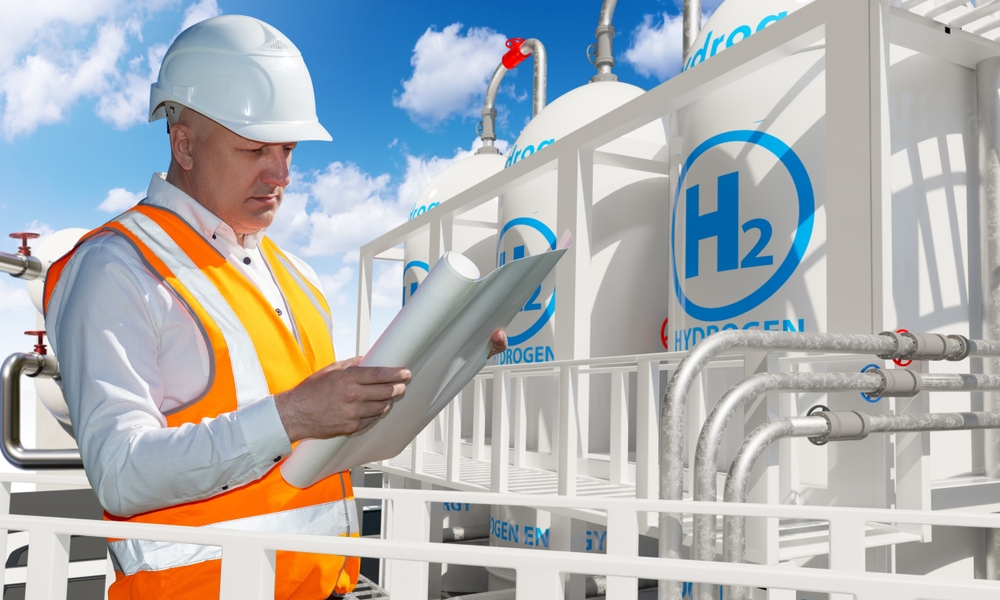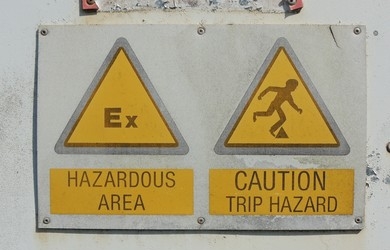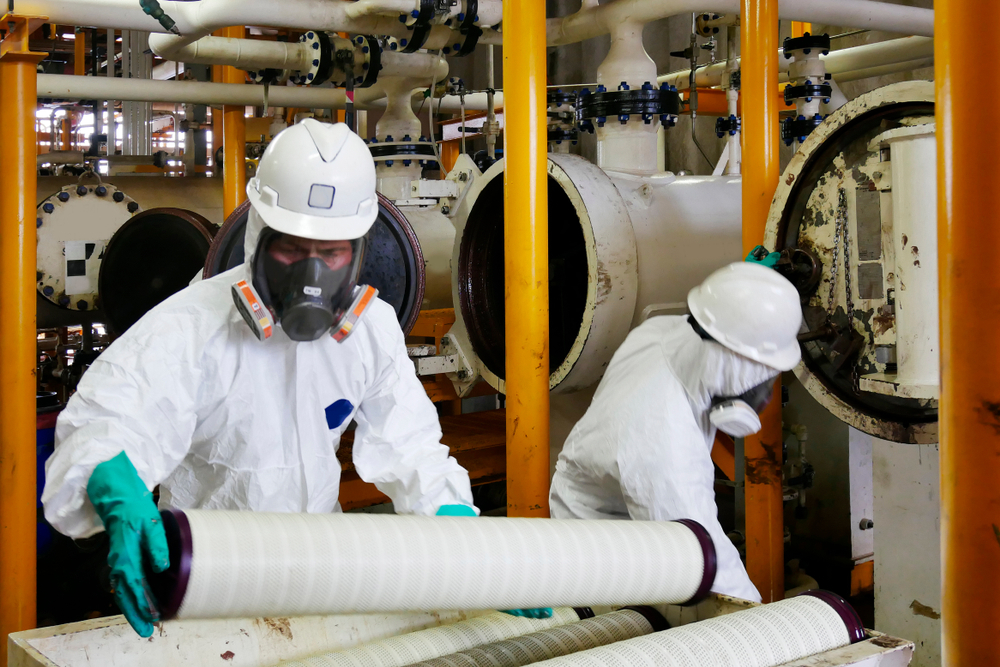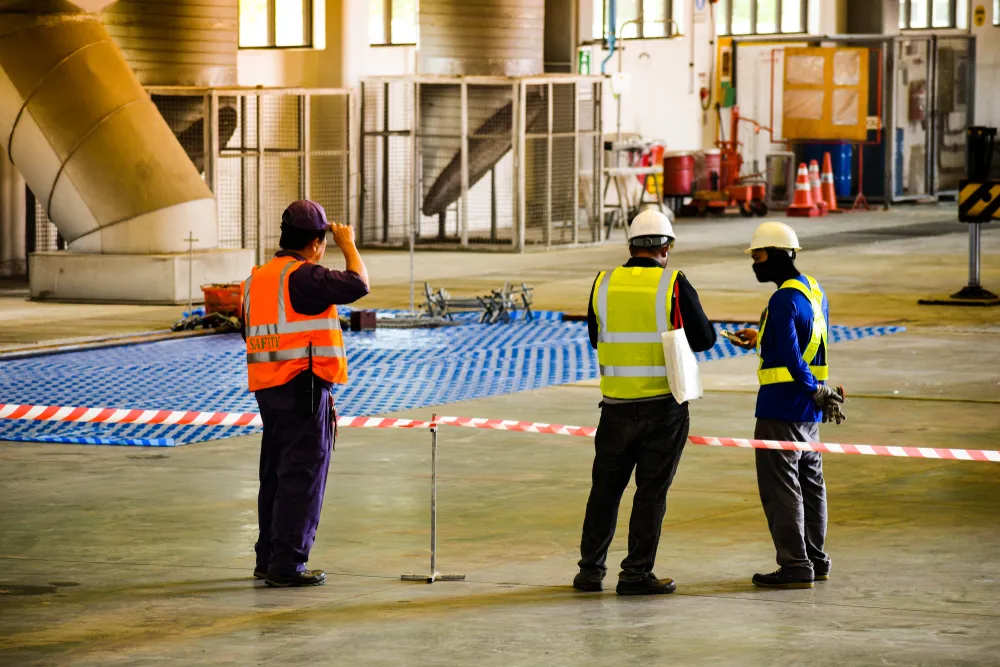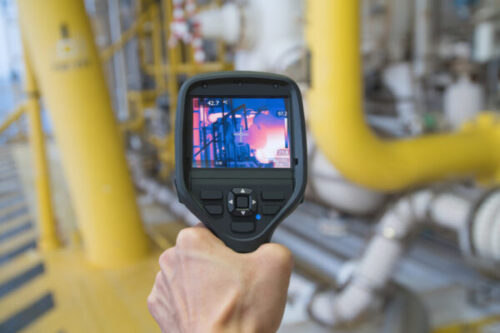The most common practice for the use of Ex d barrier glands is in flameproof installations, where they are used to prevent flame from any explosion that may occur inside the equipment from travelling down through the cable. However, for process-connected equipment like instrumentation, where there is only a single process seal, like an O-ring… Continue reading Correct Practices of Using Barrier Glands in Hazardous Areas
Tag: EEHA
Navigating Safety: The Role of Engineers in Hazardous Area Design and Planning
Engineers play a pivotal role in ensuring these areas are functional and safe for workers and the surrounding environment. This blog explores the critical role of engineers in Hazardous Area Design and Planning.
Ensuring Safety: Navigating the Complex Terrain of Hazardous Area Design for Chemical Storage Facilities
Potentially dangerous materials require meticulous planning and design to ensure the safety of both personnel and the surrounding environment.
Types of Hazardous Area Equipment And Their Applications
Explosion-protected (Ex) Certified Equipment and Their Applications Hazardous areas are locations where the atmosphere contains substances that can ignite and cause explosions or fires. These areas are common in industries such as oil and gas, chemical processing, pharmaceuticals, mining, food processing, and more. To ensure safety, hazardous areas are classified into zones based on the… Continue reading Types of Hazardous Area Equipment And Their Applications
Working in Hazardous Areas: Safety Measures
In industries such as chemical, food processing, breweries, pharmaceutical, defence, mineral processing, grain handling, petrol pumps and oil and gas facilities, flammable gases or combustible dust is likely to be released. Thus, workers face potential risks to their health and safety as these substances can cause fires, explosions, or toxic exposure. To ensure the well-being… Continue reading Working in Hazardous Areas: Safety Measures
Steps to Manage Regulatory Compliance in Hazardous Areas
Under WA Health and Safety at Work Act 2020, plant owners and employers have a responsibility to ensure the safety of their workers and provide safe working premises i.e. If you are a person responsible for safety of electrical equipment in Hazardous Area (EEHA) at your site, here are the steps to ensure safety and… Continue reading Steps to Manage Regulatory Compliance in Hazardous Areas
What is EEHA? Challenges and Opportunities
Oil and gas industry, chemical plants and mineral processing industry has an explosive environment that increases the risk of ignition. Hazardous Area Hazardous Area is an area in which an explosive atmosphere is present, or may be expected to be present, in quantities such as to require special precautions for the construction, installation and use… Continue reading What is EEHA? Challenges and Opportunities

